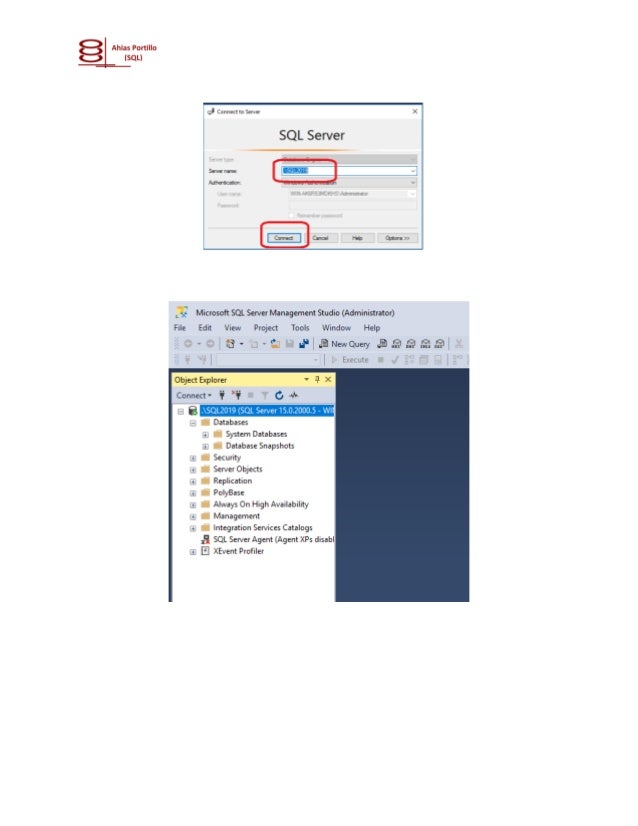

- Sql server management studio 17 how to#
- Sql server management studio 17 install#
- Sql server management studio 17 update#
In reality, you can do this without the central GitHub repository.
Sql server management studio 17 how to#
You can read the Microsoft guide about how to use templates in SQL Server Management Studio for more ideas. For example, custom templates to work with particular SQL Server databases or SQL Pools. Of course, this can be used to share other templates as well. Afterwards, you can share them easily with your colleagues by making use of the central repository.
Sql server management studio 17 update#
You can update the diagnostic queries locally. Finding the new template in GitHub Sharing templates in GitHubĪs I mentioned before, synchronizing your local template folder with a central GitHub repository hosted elsewhere opens up the possibility of sharing custom SQL Server Management Studio templates within your company. In addition, I clicked the ‘Go to file’ button to confirm that the template that I added was there. I then refreshed GitHub in my web browser to check that the repository had synchronized. Once I had done that, I synchronized my local repository on my laptop to the remote one in GitHub by using the ‘Push’ menu item. I selected my GitHub repository and gave the remote the name origin to keep inline with industry standards. Because it allows you to find various GitHub repositories easily. However, adding a remote from GitHub adds a new experience when you go to select new remotes in GitHub with Azure Data Studio. GitHub provides a guide on how to create a personal access token. So that you can enter it into Azure Data Studio. If you encounter an issue when you try to add a remote from GitHub, you might have to create what is known as a ‘personal access token’ in GitHub. Adding new remoteīecause my repository was in GitHub, I selected the ‘Add remote from GitHub’ option.īefore we go any further I just want to point something out. So that my local Git repository would be linked to the new one in GitHub. New GitHub repositoryĪfterwards, I then added the new repository in GitHub as a remote in Azure Data Studio. I kept the setup of it simple for the sake of this post. To start the process, I first created a new Git repository in GitHub. SQL Server Management Studio templates using GitHub To help with some jargon here, I mean setup my local copy of the Git repository so that it is linked to another Git repository that is in GitHub. Once I had committed the new file, I was ready to synchronize it with a new repository in GitHub. So, I committed the change.Īzure Data Studio already showing a new file In other words, a change to the files which had not been hardened to Git. It was already showing that there was a new file that needed to be committed to the Git repository. From there, I saved and closed the template in SQL Server Management Studio. I then copied into it the script to find missing indexes for current database by Index Advantage. I then created a new template called ‘Missing indexes by Index Advantage’.Īfterwards, I right clicked the new template and selected ‘Edit’. To test that it worked I went back into SQL Server Management Studio and created a folder called ‘Diagnostic Queries’ in the template explorer. From there, I downloaded the latest version of the Azure SQL Database Diagnostic Information Queries. I then went to the SQL Server Diagnostic Queries site. Once that was done my local template folder was also a local Git repository. I did this by entering a comment and then clicking on the tick icon. Which is basically the first commit that you do inside a repository. I then went into the ‘Source Control’ section where it straight away asked me to ‘Initialize Repository’.įrom there I did an initial commit. By default, the folder for the latest version of SQL Server Management Studio can be found in ‘C:\Users\\AppData\Roaming\Microsoft\SQL Server Management Studio\18.0\Templates\Sql’.
Sql server management studio 17 install#
Which you can install with SQL Server Management Studio.įirst of all, I opened up the location of the template folder in Visual Studio Code. In this post I will show you how to do it with Azure Data Studio. In my previous post about how to do work with templates with Azure Repos I showed you how to create a local repository using Visual Studio Code. I have used the missing indexes script a lot over the years, so I will demonstrate using that one. So that you can all share them between yourselves and all have the same templates locally.

In this post I am going to cover how you can share your local template folder that contains these scripts with your colleagues. Which caters for various versions of SQL Server including Azure SQL Database. Such as the SQL Server diagnostics scripts provided by Glenn Berry. In addition, they can be used to save popular scripts that are available online. For example, running various security scripts. In reality, there are a variety of use cases for these templates.


 0 kommentar(er)
0 kommentar(er)
